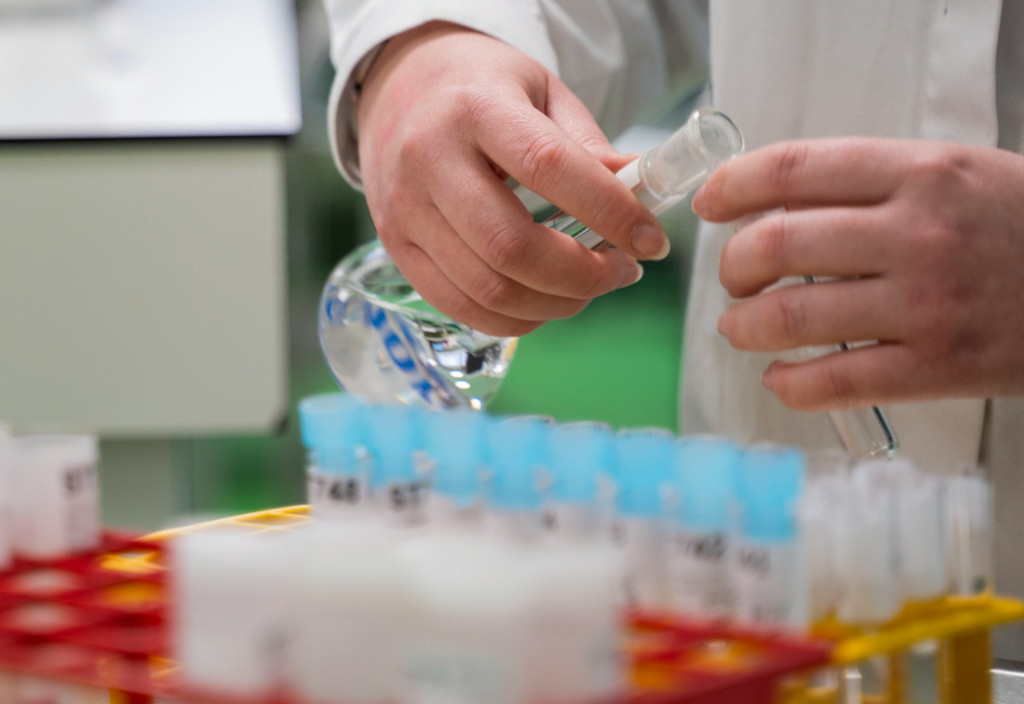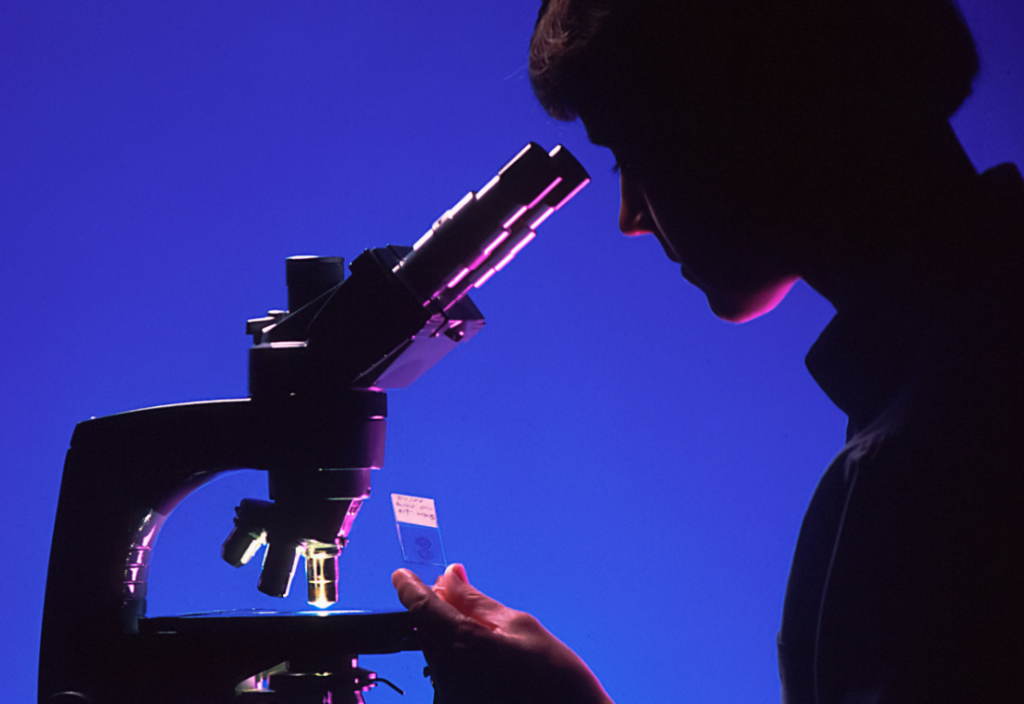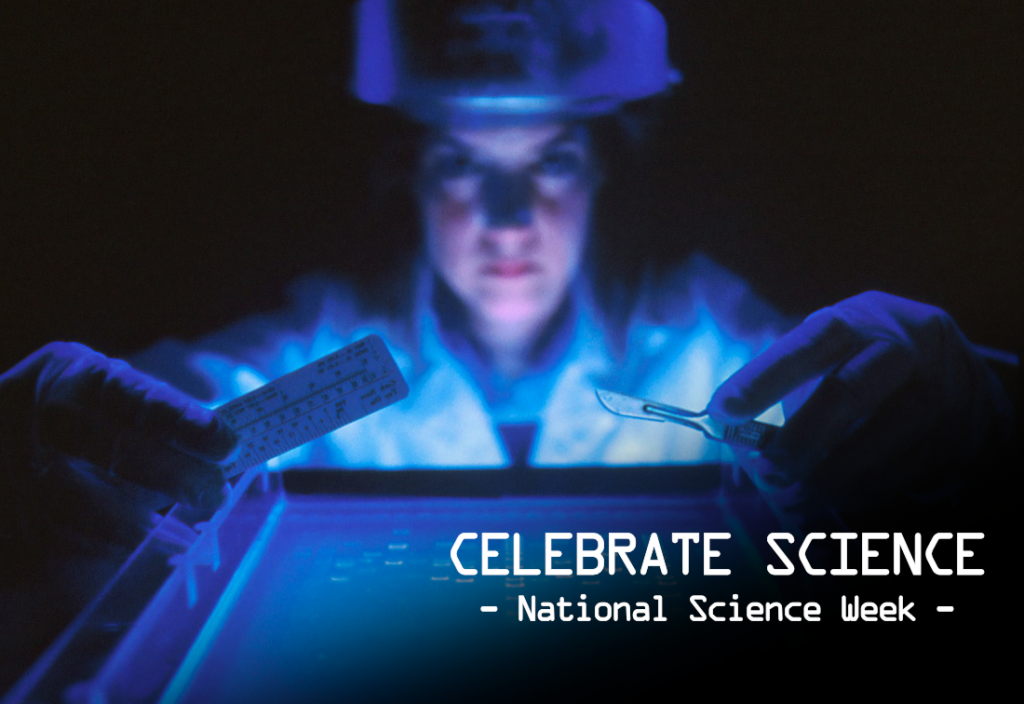“Can I see a future with gender equity for women and girls in science?”
If you had asked me 15 years ago, I would have said no. But, there’s a reason why we’re trending towards achieving it in biomedical sciences, at least. The digital revolution.
According to the UNESCO Science Report ‘To be smart, the digital revolution will need to be inclusive’, there are signs women are inching closer to parity in science. In higher education, women now account for 45–55 per cent of graduating bachelor’s and master’s science degrees globally. Women also now account for 33 per cent of researchers, up from 28 per cent in 2013.
In my Topographical Anatomy classes – taught to over 1,000 Biomedicine and Medicine students at the University of Melbourne every year – the male to female ratio is 50:50.
It’s not like the late 1990s when I came through the ranks. There were Nobel Prize level female scientists like Christiane Nüsslein-Volhard, but their achievements just weren’t visible. Sometimes I was one of only a handful of female students in an undergraduate biomedicine subject.
Now, there are many more women entering traditionally male-dominated areas like digital technology, medical research, medicine and surgery. And, their world-renowned work is widely celebrated.
Things are looking up, so what’s the problem?
But worryingly, the same career hurdles still confront the current cohort. Many of my female students ask: “How do you stay strong and resilient in an environment that can wear you down?”.
I develop novel neuroanatomy and musculoskeletal digital resources. The thing is, the anatomy discipline is steeped in history and tradition. When I’ve tried to introduce new digital teaching innovations into the curriculum, I have often come up against those (often men) who, held back perhaps by history and tradition, won’t easily buy into the digital sphere.
It can wear you down, but the key point of resilience is working around the people who stand in the way of your successes and finding like-minded allies.
The digital revolution began more than a decade ago, giving our high calibre researchers opportunities to understand and advance human health like never before. We’ve seen innovation in big data analysis, genomics, computational biology and advanced imaging. Since 2019, I’ve been working on how our students can access some of these technologies, too.
A great source of inspiration is the way female students in my classes are driven to learn using technology. They are just as passionate about virtual reality, and just as innovative and engaged as their male counterparts.
Innovations like the rise of new technologies is a strength for women who are increasingly accounting for more of the students entering into these disciplines and prepared to embrace change.
So my focus has been digitising anatomy through virtual reality and 3D scanning to give trainee doctors access to human anatomy resources – anywhere, at any time.
University of Melbourne runs the largest body donor program in Australia. Using a handheld 3D laser scanner that shoots light at our specimens, we can create a realistic and anatomically accurate 3D model in a matter of minutes.
Thanks to exciting partnerships across the School of Biomedical Sciences, computer programmers then drop the 3D models into a virtual reality environment.
Students study a knee joint, for example, from all angles, examine bone markings, where muscles attach and how the joint functions. We build on soft tissue structures and they can even do a virtual physical exam.
I have found that eventually, the work speaks for itself. Those who aren’t keen to support the initiatives find it hard to remain in opposition when there’s a lot of positivity.
The other age-old question I’m often asked by my female students is: ‘When should I start a family so that I don’t interrupt my career?’ In short, the best time is when it’s right for you, not your boss.
In almost every academic interview, I’ve been asked whether I plan to have children and when. It’s not a lawful question. The fact is, women shouldn’t have to think about starting or growing their families as a career barrier. No one should!
Perhaps the legacy of feminism is that all people, especially those that have experienced marginalisation, can take advantage of the path that’s already been walked. I’m proud to be part of this movement.
Perhaps the legacy of feminism is that all people…can take advantage of the path that’s already been walked.
Visibility and belonging in the scientific community are so important for women. It’s not just about needing to ‘see it to be it’, but it’s paramount we have a voice that is heard and supported. We need a better pipeline where women coming up through the career ladder are mentored and seen as valuable future leaders.
On International Day of Women and Girls and Science (10 February), I urge my students to be brave, fearless and find that joy of discovery – no matter who they are or where they come from.
At the same time, I hope strenuous efforts are made at the government, academic and corporate levels not only to attract women to biomedical sciences and digital tech fields but, above all, help to retain them.
After all, the 1990s was a long time ago and the ongoing incredible achievements of women scientists is a reminder that science can’t do without women.
This article was originally published on Pursuit. Read the original article. It is republished under Creative Commons.
Photo by National Cancer Institute on Unsplash.













